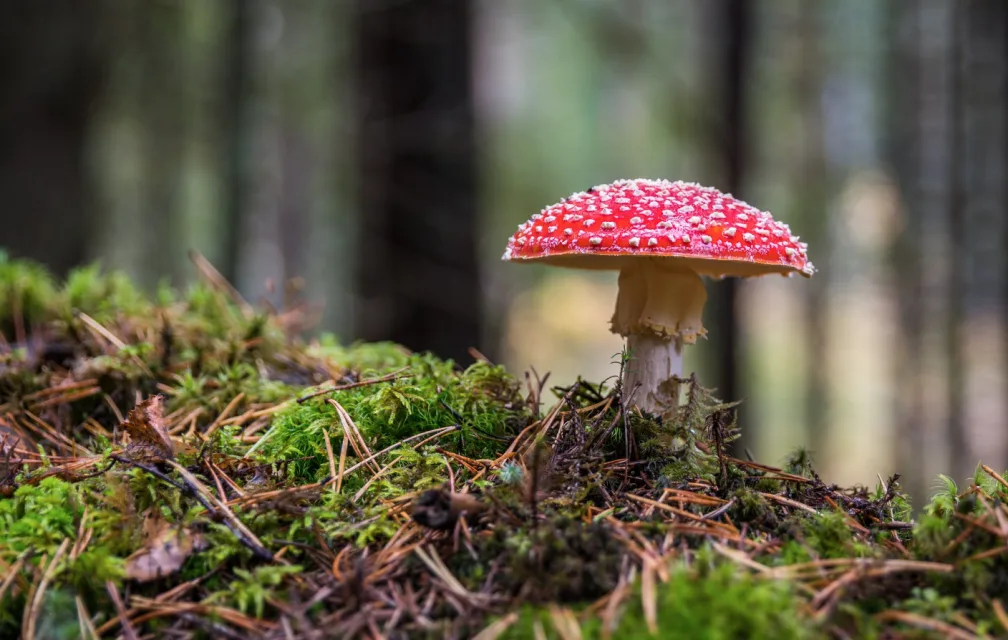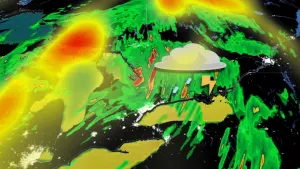
Toxic or not? Mushroom foraging 101
What you need to know before picking mushrooms
It's hunting season...well, mushroom hunting season, that is.
As we transition into fall, the cooler and wetter conditions create the perfect breeding ground for mushrooms to sprout — and boy oh boy, do they ever sprout.
Dozens of mushrooms of different shapes, sizes, and colour can be spotted on a walk through any North Vancouver forest. While it’s a sight to behold, experts warn not to pick up just any of the fungi, as British Columbia is home to the deadliest mushroom in the world.
The B.C. Centre for Disease Control recently sent out a warning for people to watch for the lethal 'death cap' mushroom (Amanita phalloides). The deadly ‘shroom fruits from June through December, and can be commonly found in urban areas of Vancouver Island and the Lower Mainland.
RELATED: The deadly and dangerous consequences of eating black licorice
The warning is especially important now that COVID-19 has more and more people exploring the outdoors. Robin Kort, owner and operator of Swallow Tail Canada, says she’s seen an increase of about 40 per cent in foraging tours in B.C. during the pandemic.
Kort adds that out of the 10,000 species of mushrooms in B.C., only 250 of them are poisonous, and only a handful are actually deadly, but she says it is very important to know your edible mushrooms from their poisonous look-alikes.
In the video that leads this article, Kort walks us through a North Vancouver forest to point out some of the more common mushrooms found in the area to help us identify which ones are dangerous. It is important to note that all the mushrooms she showcases were ones brought by her, since it is illegal to forage for mushrooms in a provincial park.
How to identify a mushroom:
Smell: Many mushrooms have distinctive odors that help you identify them, althoughRobin warns that poisonous mushrooms can smell delicious
Touch it: Different mushrooms have different characteristics and feel different to touch. Some are fuzzy, while others can feel slimy.
Make a spore print: Mushrooms spores come in all different colours and so one way to help you identify them is to make a spore print. What you need to do is place a mature mushroom, gills facing down, on a white paper. Cover it for a few hours, and once you reveal the mark, it should have left a colourful spore print. Look for a cup, ring, or warts: Aside from different colour prints, mushrooms also grow different identifiers like rings or warts throughout its life
Look at how the gills attach to the cap: A mushrooms gills attach to the cap in different ways. Some don’t even attach at all, while others can run down the cap.
Unfortunately, though, Kort tells us there is no hard and fast way to tell for certain if a mushroom is poisonous, and so she suggests that anyone who is looking at getting into foraging should start slow, and had these tips for beginners:
Start with mushrooms that are easy to identify: There are a few mushrooms with no poisonous look alike, and Robin suggests starting with those.
Make sure to cook all mushrooms before you eat them.
When in doubt, throw it out!
Thumbnail courtesy of Egor Kamelev/PEXELS.










